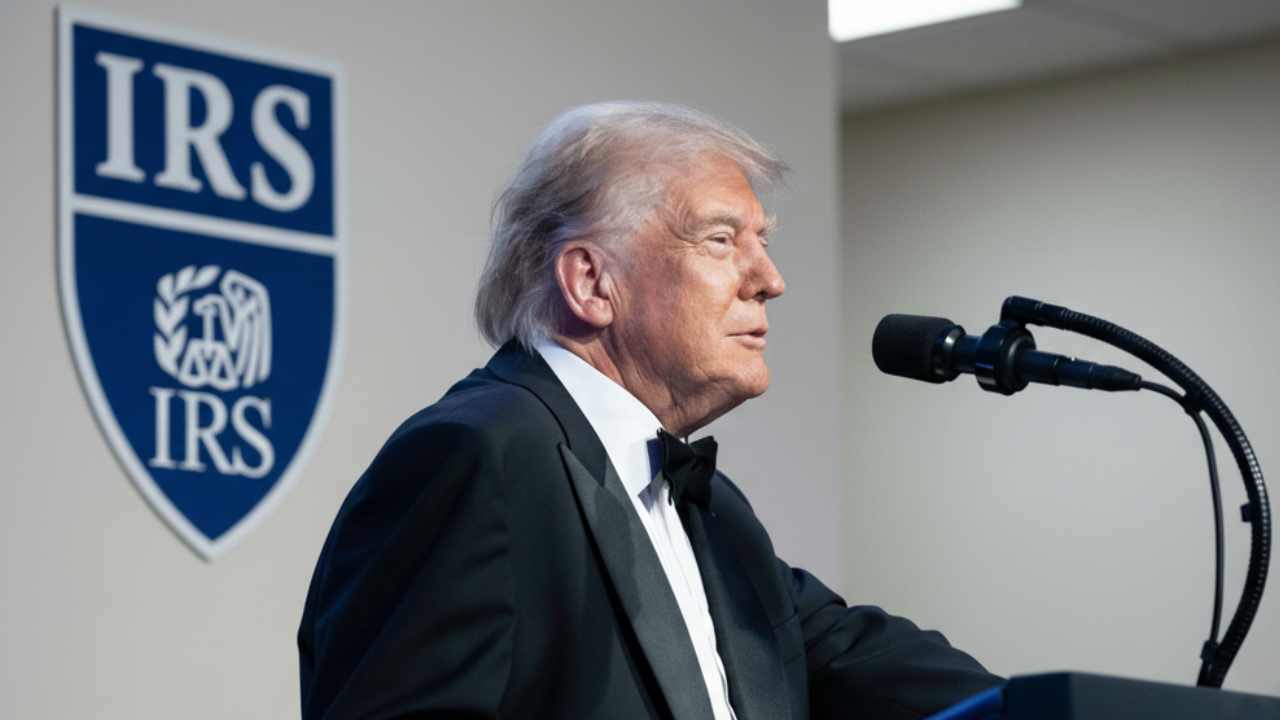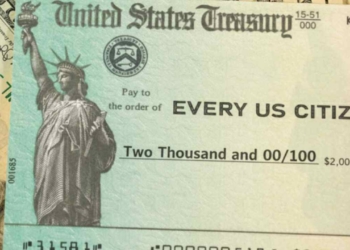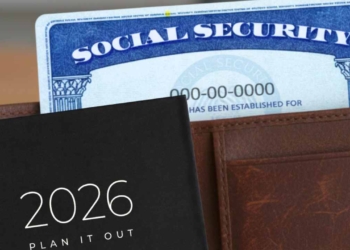In his second term, President Donald Trump has redoubled efforts to modernize the United States federal machinery, with a focus on administrative efficiency that promises to transform the daily lives of millions of taxpayers.
After taking office in January 2025, Trump signed Executive Order 14247 in March of that year, titled “Modernizing Payments to and from America’s Bank Account,” a decree that seeks to eliminate 20th-century obsolescence in a digitally dominated world. Within this initiative, Trump made a change to the Internal Revenue Service (IRS) that changes how you can claim your tax refunds forever.
How Trump changed the IRS and tax refunds forever
This initiative not only responds to budgetary pressures—with the federal government spending billions annually on check processing—but also aligns with Trump’s “America First” vision, prioritizing speed and security in transactions that directly impact family finances.
In an America of persistent inflation and debates over tariffs, this measure comes into the game as a pragmatic step toward a more agile administration, although not without criticism from those who fear it will accelerate the digital divide between generations.
But here’s the change: you’ve gotta know
IRS tax refunds represent one of the largest cash flows from the federal government, injecting hundreds of billions of dollars into the U.S. economy each tax season. For many middle- and lower-class households, these payments—averaging around $3,000 per taxpayer—are a temporary lifeline that stimulates spending and alleviates immediate financial pressures.
Historically, 93% of these refunds were already delivered via direct deposit by 2025, but the continued use of paper checks, used in 7% of cases, created delays and risks of loss or theft. With the April 15 tax-filing deadline already passed and fall bringing its own economic challenges, Trump’s announcement comes at a key moment, reminding us how tax policies affect not only the public coffers, but the very pulse of the nation.
The key transformation lies in the gradual elimination of paper checks for IRS refunds, effective September 30, 2025, as part of the executive directive requiring the Treasury Department to cease issuing them for most federal payments.
How to keep claiming your IRS tax refunds
This phase-out, confirmed by the IRS in an official statement on September 23, seeks to accelerate refunds to a maximum of 21 days through direct electronic deposits, reducing operating costs and minimizing fraud. During the 2025 tax season, this means that taxpayers who have not updated their banking information on Form 1040 or through the IRS online portal could face significant delays, as residual checks will only be processed in exceptional cases permitted by law.
The benefits are clear: payments are streamlined—with 93% already in digital format—and the users are protected from risks such as postal theft, a problem that cost the government millions in annual claims.
To prepare, the IRS recommends checking and updating banking information on IRS.gov or by calling 800-829-1040, especially for retirees or people without bank accounts who could opt for prepaid debit cards.
Although Trump has hinted at possible additional “stimulus checks” for tariffs in October, these are not part of the standard refunds and remain speculative. Ultimately, this reform positions the United States as a leader in digital payments, but it requires taxpayers to quickly adapt to a paperless future.







